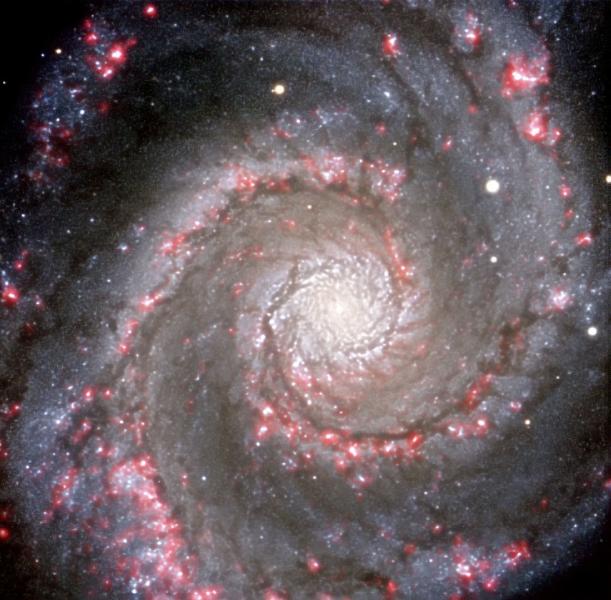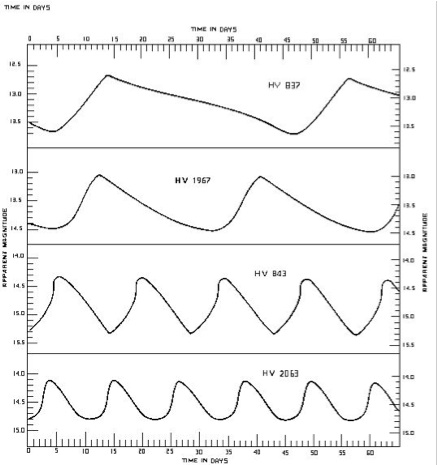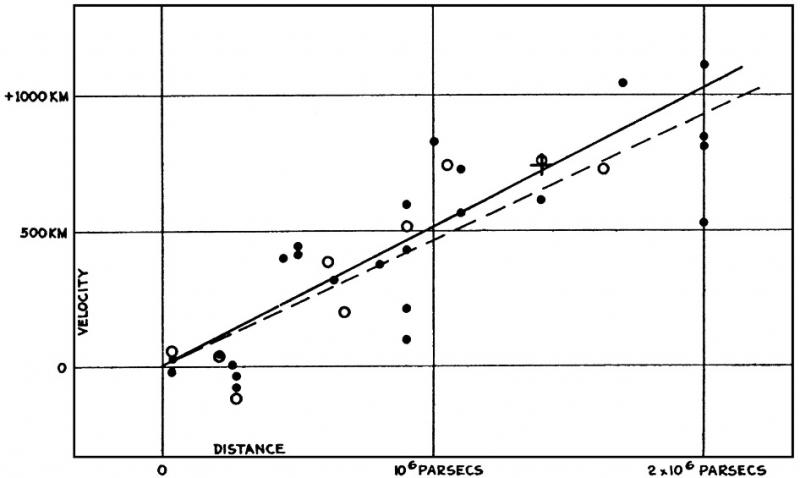Hubble's Law
Introduction
The first galaxies were identified as far back as the 17th Century by a French astronomer called Charles Messier. Messier, a keen comet hunter, observed a number of fuzzy objects in the sky which he knew weren’t comets. Worried that they might be mistaken for comets by other comet hunters, he compiled a list of these objects to prevent their misidentification. This list contained information on 110 star clusters and spiral nebulae discovered by Messier in the sky, but it wasn’t until nearly 300 years later that more detail on the nature of these spiral objects was determined.
The Great Debate
 Astronomers were extremely puzzled as to what the fuzzy spiral nebulae discovered and listed by Messier, could be. Some people argued that these objects were ʻisland universesʼ - objects like the Milky Way, but found outside of our Galaxy. Others disagreed with this, and thought that these spiral objects were small clouds of gas in our Galaxy, and that ours was the only Galaxy in the Universe. The argument went on for over 30 years until the 1920ʼs, when an astronomer called Edwin Hubble measured the distance to one of these spiral objects.
Astronomers were extremely puzzled as to what the fuzzy spiral nebulae discovered and listed by Messier, could be. Some people argued that these objects were ʻisland universesʼ - objects like the Milky Way, but found outside of our Galaxy. Others disagreed with this, and thought that these spiral objects were small clouds of gas in our Galaxy, and that ours was the only Galaxy in the Universe. The argument went on for over 30 years until the 1920ʼs, when an astronomer called Edwin Hubble measured the distance to one of these spiral objects.
Hubble’s Discovery
In 1923 Hubble was studying novae (variable stars which have sudden, unpredictable outbursts) in the Andromeda Galaxy, when he realised t hat one of the 3 novae he was observing was in fact a cepheid variable. These types of stars, whose luminosities change periodically over time, had been discovered by the American astronomer, Henrietta Leavitt, in the early 1900’s. She found a relation between the the luminosity of a Cepheid variable and its period - the longer the period, the brighter the cepheid variable. Leavitt correctly assumed that since the Cepheid variable stars were in the same galaxies, they were all about the same distance to us. She plotted the period and luminosity of her Cepheids on a graph, and found what is now known as the period-luminosity (P-L) relationship- Cepheids with longer periods are intrinsically more luminous than those with shorter periods.
hat one of the 3 novae he was observing was in fact a cepheid variable. These types of stars, whose luminosities change periodically over time, had been discovered by the American astronomer, Henrietta Leavitt, in the early 1900’s. She found a relation between the the luminosity of a Cepheid variable and its period - the longer the period, the brighter the cepheid variable. Leavitt correctly assumed that since the Cepheid variable stars were in the same galaxies, they were all about the same distance to us. She plotted the period and luminosity of her Cepheids on a graph, and found what is now known as the period-luminosity (P-L) relationship- Cepheids with longer periods are intrinsically more luminous than those with shorter periods.
Hubble used this relation to find the distance to the cepheid variable he was studying in the Andromeda galaxy, and he proved that it was located outside of our own Galaxy, and so ended the debate on the nature of the spiral nebulae.
Hubble continued his study of galaxies, and using cepheids as his measuring tool, he found the distances to a number of galaxies before publishing his results in his now-famous paper of 1929. In this paper, Hubble plotted a graph of the velocity of galaxies (obtained from the spectra of these galaxies) against their distances, as shown here.  What he discovered with this plot was that most galaxies are speeding away from us , and that the speed at which they are moving away (the recessional velocity) is proportional to their distance away from us. This became known as Hubble’s Law.
What he discovered with this plot was that most galaxies are speeding away from us , and that the speed at which they are moving away (the recessional velocity) is proportional to their distance away from us. This became known as Hubble’s Law.
Hubble's Constant
Hubble’s initial speed which he calculated for the recessional velocity of galaxies was extremely high because at the time, no-one knew that there were different types of cepheid variables which don’t all obey the same Period-Luminosity relation! However, advances in astronomy have now narrowed down the value of this velocity (or Hubble’s constant), and results are converging to an accepted value of around 65km/s/Mpc.